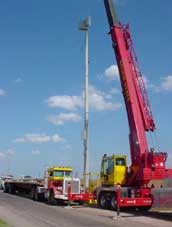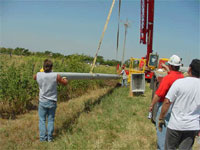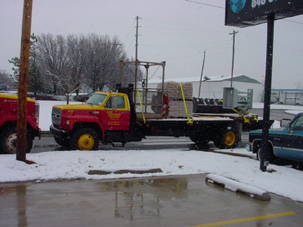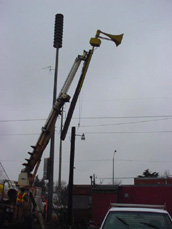Safetycom Project Spotlight
Oklahoma City Project
![]()
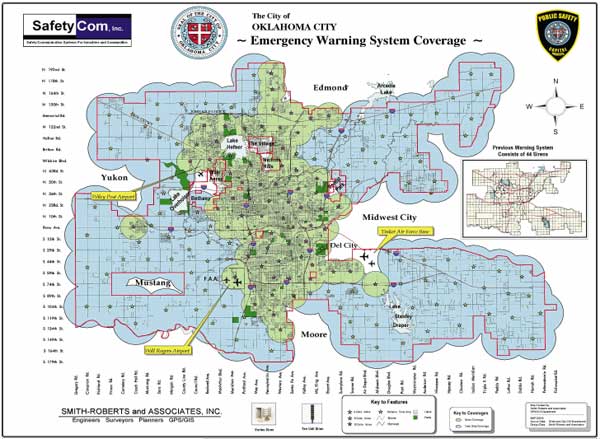
Being chosen to provide the Outdoor Warning System for the “Heart” of Tornado Alley has been both an honor and a privilege. The Oklahoma City Warning System is one of the largest warning systems ever installed and is certainly the most technologically advanced warning system in operation in the United States
We feel that one of the biggest reasons we were chosen for this project was our commitment to build a relationship with the City Of Oklahoma City and not just to provide a siren system. Our “team approach” created a bond between SafetyCom and the City of Oklahoma City, which afforded confidence, reliability, and resources resulting in a long-term partnership.
The SafetyCom system is a hardware/software-controlled system. Computer controls allow the system to communicate and interact amongst itself on a twenty-four hour, seven-day a week basis. The RF infrastructure provides reliable communications throughout the Oklahoma City area. The Whelen, electronic sirens represent the highest technology available in today’s market and our built in five (5) point redundancy insures multiple fallback modes of operation in the event of failures. Whelen’s progressive engineering and design allow for future upgrades and expansions without concern, allowing the new system to grow with the city.
Design and operational criteria for
the Oklahoma City warning system include:
-
Geographic and topographic aspects of each location within 2500 feet from the siren location. The location of all existing structures including buildings, trees, etc. evaluated to estimate propagation, path and dispersion of sound
-
Evaluation of all underground utilities
-
Population density of each siren location and evaluation|
-
Cost efficiency, life cycle, growth potential and technical capabilities of system
-
Anti-vandalism concept, technologies and security of each site location
-
Operational status of each unit and entire system
-
Testing of each unit as well as entire system initially and routine follow-up after installation
Oklahoma City’s previous siren system was 30+ years old and was nearly impossible to maintain. There were 44 existing civil defense era sirens, falling well short of covering the 620 square mile city boundary. Oklahoma City officials view the siren system as one piece of an overall strategy for emergency notification and urge residents to utilize weather radios, radio broadcasting, television broadcasting, and sirens as part of their emergency warning system.
Request For Proposals
On December 19, 2000 a Request For Proposals was released for a new Outdoor Siren Warning System. The system was intended to replace the existing siren system and provide citywide outdoor coverage.
On February 20, 2001 proposals for the outdoor siren warning system were received from three vendors (American Communications, Federal Signal, and SafetyCom).
On April 3, 2001 following a unanimous recommendation by the evaluation team, City Council authorized staff to negotiate a contract with SafetyCom, Inc. as primary contractor for the new system. The system was to utilize approximately 187 Whelen Engineering electronic sirens. The number and model of sirens would be determined during negotiations, and refined during implementation
On May 22, 2001 City Council unanimously approved a contract with SafetyCom, Inc. to provide and install a new Outdoor Siren Warning System. The system is one of the largest outdoor siren systems in the country and will include electronic sirens manufactured by Whelen Engineering. The contract called for a base configuration of 181 sirens, 2 control sites, and a radio communication system to monitor and activate the system at a cost not to exceed $4.5 million. 71 omni-directional sirens serve the heavily populated urban area and 110 directional, rotating sirens will serve the less populated suburban areas. All sirens are installed on 50-foot, spun concrete poles manufactured by StressCrete, Inc.
|
|
Outdoor Siren Installation On July 16, 2001 installation of the first siren began in far southwest Oklahoma City. The rotational Vortex sirens were installed first in the rural areas, followed by installation of WPS-2800-10 omni-directional sirens in the urban area.
Related Links: |

